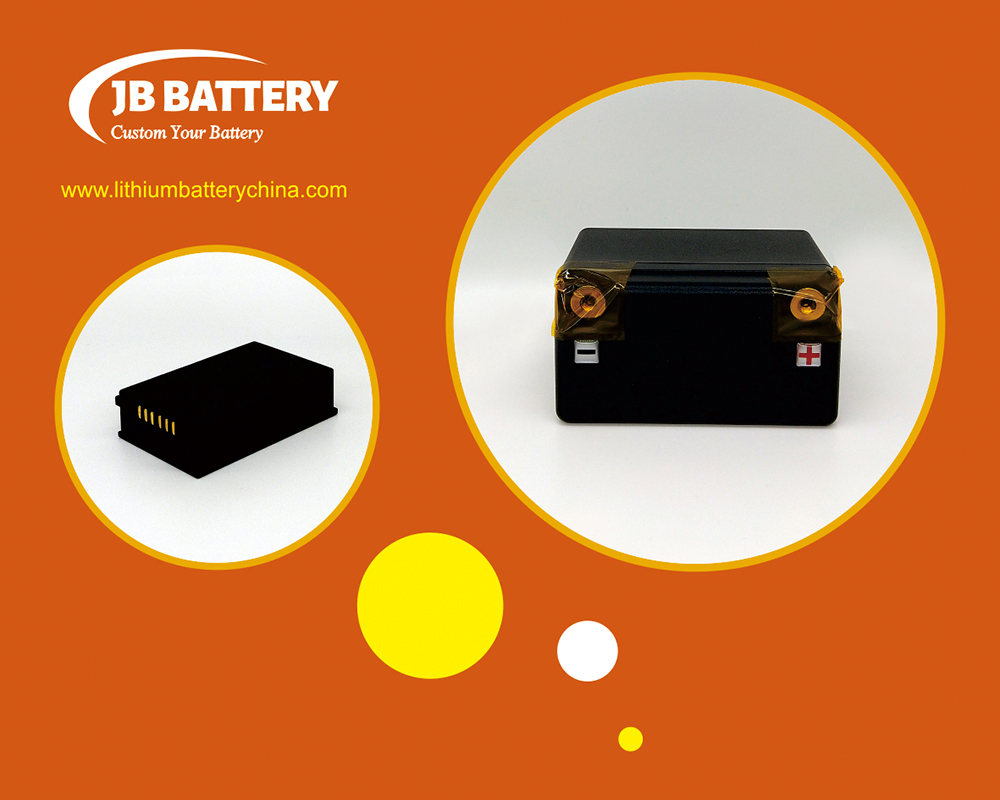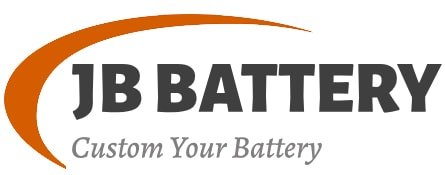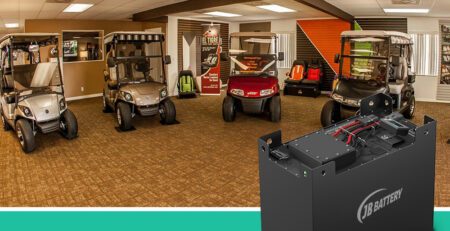Ternary lithium battery pack vs lithium iron phosphate battery pack, which is the best design for your factory?
Although domestic subsidies for new energy vehicles have begun to decline, consumers have begun to accept the popularity of new energy vehicles because of the increasingly abundant infrastructure and the growing number of alternative models. As the power source of electric vehicles, the endurance, charging and discharging of electric vehicles are also closely related to the performance of batteries.

At present, domestic power batteries are mainly divided into two factions, according to the difference of cathode materials, they are divided into lithium iron phosphate faction and ternary material faction. Although both of them belong to secondary batteries and can be used repeatedly for charging and discharging, due to the difference of materials, the performance reflected in the ultimate use level is quite different.
Ternary material or lithium iron phosphate?
The so-called lithium iron phosphate battery refers to lithium ion battery using lithium iron phosphate as cathode material. This type of battery is characterized by the absence of precious metal elements (such as cobalt, etc.). In practical use, lithium iron phosphate batteries have the advantages of high temperature resistance, safety and stability, low price and better cycle performance.
Ternary lithium batteries are lithium batteries using lithium nickel cobalt manganate as cathode material and graphite as negative material. Unlike lithium iron phosphate, ternary lithium batteries have high voltage platforms, which means that the specific energy and power of ternary lithium batteries are higher under the same volume or weight. In addition, ternary lithium batteries have great advantages in high rate charging and low temperature resistance. Regarding batteries alone, there is no such thing as who is better and who is worse. Only applied to the actual use of scenarios, ternary lithium batteries than lithium iron phosphate batteries, more suitable for the present and future household electric vehicles. Ternary material batteries are more suitable for passenger cars
Low temperature discharge performance is better
China has a vast territory and a complex climate. The temperature variations from the northernmost three northeastern provinces to the southernmost islands of Hainan are very rich. Take Beijing as an example, as the main market of electric vehicles, Beijing’s highest temperature in summer is about 40 degrees Celsius, while in winter it keeps about 16 degrees Celsius below zero, or even lower. Such a temperature range is obviously suitable for ternary lithium batteries with better cryogenic performance. The lithium iron phosphate batteries, which focus on high temperature resistance, will appear weak in winter in Beijing. “Relative 25 C capacity” refers to the ratio of discharge capacity at different temperatures to that at 25 C. This value can accurately reflect the decline of battery life at different temperatures. The closer to 100%, the better the performance of the battery.
As can be seen from the above figure, the discharge capacity of the two types of batteries is almost the same when the temperature is 25 at 55 and 25 at normal temperature. However, at minus 20 C, ternary lithium battery has obvious advantages over lithium iron phosphate battery.
Higher energy density
According to the information provided by Bike Battery, the leading enterprise of 18650 cylindrical batteries with ternary materials in China, the energy density of 18650 batteries has reached 232Wh/kg, which will be further increased to 293Wh/kg in the future. By contrast, the current domestic mainstream lithium iron phosphate battery energy density is only about 150 Wh/kg, according to the analysis of domestic battery industry experts, in the next few years, the energy density of lithium iron phosphate battery can reach 300 Wh/kg is very unlikely.
Unlike large electric buses, space is always the first priority for household electric vehicles. Lithium iron phosphate batteries with lower energy density will occupy less space in the original car, and because of the heavier quality, the discharge duration in use will also be greatly affected. Relatively speaking, high energy density lithium-ion batteries not only solve the problem of weight, but also save space for family cars. Charging efficiency is higher
In addition to the endurance, charging is also an important part of the actual use of electric vehicles, and lithium-ion batteries have great advantages over lithium-iron phosphate batteries in terms of charging efficiency.
At present, the common charging mode on the market is constant current and constant voltage charging. Generally, constant-current charging is used at the beginning of charging. At this time, the current is larger and the charging efficiency is relatively higher. When the voltage reaches a certain value, the current is lowered and the charge is changed to constant voltage, which can make the battery more full. In this process, the ratio of constant current charging capacity to total battery capacity is called constant current ratio. It is the key value to measure the charging efficiency of a group of batteries during charging. The larger the percentage is, the higher the charge is at the constant current stage, which proves that the battery is more efficient.
It can be seen from the table that there is no obvious difference in constant current ratio between ternary lithium batteries and lithium iron phosphate batteries when charging below 10C. When charging above 10C, the constant current ratio of lithium iron phosphate batteries decreases rapidly and the charging efficiency decreases rapidly.
Cyclic life is guaranteed
For domestic vehicles, the rated cycle life of ternary materials and lithium iron phosphate power batteries far exceeds the actual user’s habits, so the service life can be completely assured.
Taking the current high capacity 18650 battery of Bike battery as an example, after 1000 cycles of charge and discharge, the capacity of the battery can still be maintained at the initial 90%.
As the author himself is also an electric car owner, only the coldest month in winter in the whole year, frequent warm air can be charged in two days, the rest of the time.
For more about variety knowledge of batteries,you can pay a visit to custom lithium ion battery pack manufacturer from china at http://www.lithiumbatterychina.com
About Huizhou JB Battery Technology Limited
 Huizhou JB Battery Technology Limited, which was established in May, 2008, is a China based professional manufacturer and provides a wide range of battery types for customers. The company’s products include PDA batteries, GPS batteries, mobile phone batteries, MP3/MP4 batteries, digital camera batteries, laptop batteries, tablet PC batteries, remote control batteries, barcode scanner batteries, walkie-talkie batteries, two-way radio batteries, cordless phone batteries, server’s batteries, flash light batteries, LED light Batteries, printer batteries, headphone batteries, RC toys batteries, payment terminal batteries, power tools batteries, computer backup batteries, medical device batteries, emergency light batteries and chargers, etc.
Huizhou JB Battery Technology Limited, which was established in May, 2008, is a China based professional manufacturer and provides a wide range of battery types for customers. The company’s products include PDA batteries, GPS batteries, mobile phone batteries, MP3/MP4 batteries, digital camera batteries, laptop batteries, tablet PC batteries, remote control batteries, barcode scanner batteries, walkie-talkie batteries, two-way radio batteries, cordless phone batteries, server’s batteries, flash light batteries, LED light Batteries, printer batteries, headphone batteries, RC toys batteries, payment terminal batteries, power tools batteries, computer backup batteries, medical device batteries, emergency light batteries and chargers, etc.
For Product Inquiries
Contact: Person: David Liu
Company: Huizhou JB Battery Technology Limited
Email: [email protected]
Website: http://www.lithiumbatterychina.com/


